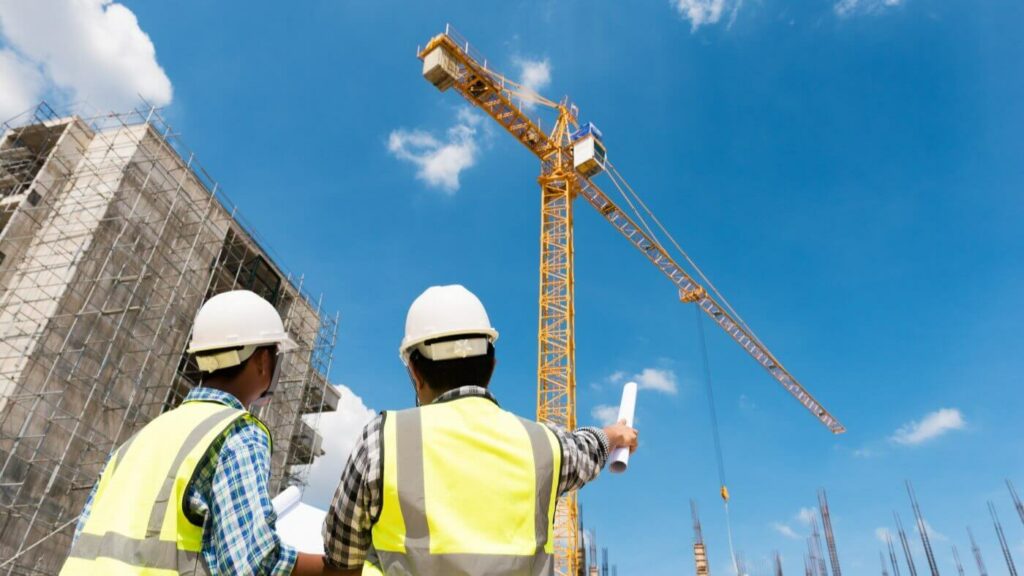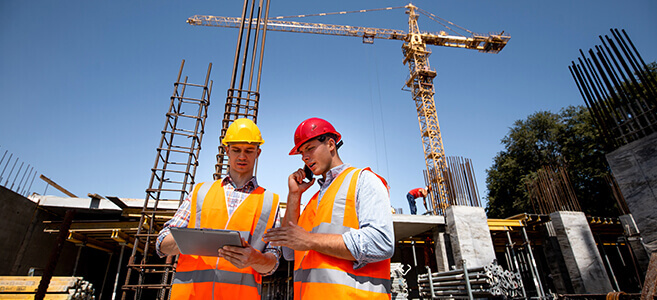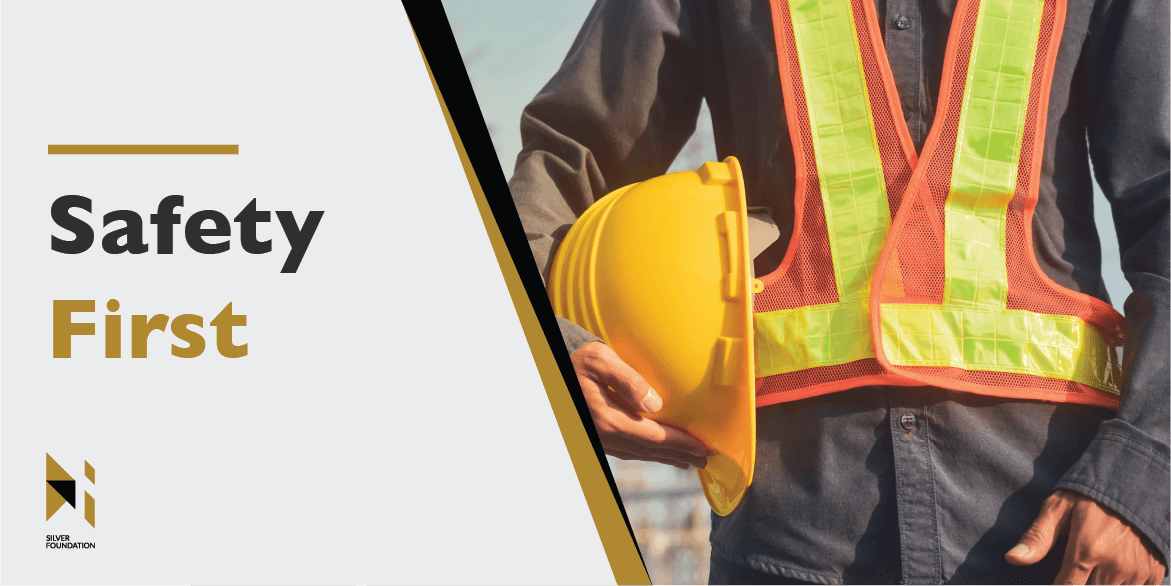Construction site safety is a critical aspect of the industry, with a direct impact on worker wellbeing, project timelines, and overall project success. As construction projects become more complex, embracing best practices and innovative technologies to improve safety is paramount. This blog post will delve into essential construction site safety practices and explore cutting-edge innovations that are shaping the future of construction safety management.
The Importance of Construction Site Safety
Construction sites are inherently hazardous environments, with workers often exposed to risks such as falls, vehicle accidents, and contact with dangerous materials or equipment. Ensuring safety on construction sites is crucial for several reasons:
1. Protecting worker health and wellbeing: The primary goal of construction safety management is to prevent injuries and fatalities among workers, ensuring a healthy and productive workforce.
2. Minimizing project delays and financial losses: Accidents and injuries can lead to project delays, increased costs, and potential legal liabilities for construction companies.
3. Enhancing company reputation: A strong safety record can improve a company’s reputation, making it more appealing to clients, partners, and potential employees.

Best Practices for Construction Site Safety
Implementing best practices for construction site safety is essential to minimize risks and create a safe working environment. Some key practices include:
Comprehensive Safety Training
Providing comprehensive safety training for all workers is crucial to ensure they understand the potential hazards on-site and the appropriate precautions to take. Regular refresher courses should also be conducted to keep workers up to date with safety procedures and industry regulations.
Personal Protective Equipment (PPE)
Workers should be equipped with appropriate PPE, such as hard hats, safety goggles, high-visibility vests, and hearing protection, to reduce the risk of injury. Employers must ensure that PPE is well-maintained, readily available, and worn correctly at all times.
Proper Use and Maintenance of Equipment
Using equipment safely and correctly is critical in preventing accidents on construction sites. Workers should be trained in the proper use, inspection, and maintenance of equipment and tools. Additionally, regular equipment checks should be conducted to identify and rectify any malfunctions or damage.
Clear Communication and Signage
Effective communication is key to ensuring safety on construction sites. Employers should establish clear channels of communication, hold regular safety meetings, and display safety signage throughout the site to inform workers of potential hazards and safe work practices.
Housekeeping and Organization
Maintaining a clean and organized construction site can help prevent accidents caused by tripping hazards, falling objects, or obstructed pathways. Regular housekeeping and organization should be prioritized, with designated areas for tool storage, waste disposal, and material staging.

Innovations in Construction Site Safety
Emerging technologies are transforming the field of construction safety, offering new ways to monitor hazards, improve training, and enhance overall site safety. Some notable innovations include:
Wearable Technology
Wearable devices, such as smart hard hats or safety vests with embedded sensors, can monitor workers’ vital signs, location, and fatigue levels, alerting supervisors to potential safety concerns in real-time. Additionally, wearables can detect falls or other accidents, allowing for a rapid response in emergencies.
Drones and Robotics
Drones and robotic equipment can be used to conduct inspections or perform tasks in hazardous areas, minimizing human exposure to dangerous situations. Drones can also assist in monitoring site progress and identifying potential safety hazards from an aerial perspective.
Virtual Reality (VR) and Augmented Reality (AR)
VR and AR technologies can enhance safety training by providing immersive, realistic simulations of construction site hazards and emergency situations. These technologies can also be used on-site to overlay safety information or instructions onto workers’ field of view, improving communication and situational awareness.
Artificial Intelligence (AI) and Data Analysis AI-powered tools can analyze vast amounts of data from construction sites, identifying trends and patterns related to safety incidents. This information can be used to inform safety practices, predict potential hazards, and develop targeted interventions to reduce risks.
Conclusion
In conclusion, construction site safety is an integral part of the industry, with best practices and technological innovations playing a vital role in protecting workers and ensuring project success. By embracing these safety measures and staying abreast of emerging technologies, construction companies can create a safer, more efficient, and productive work environment for all involved.

